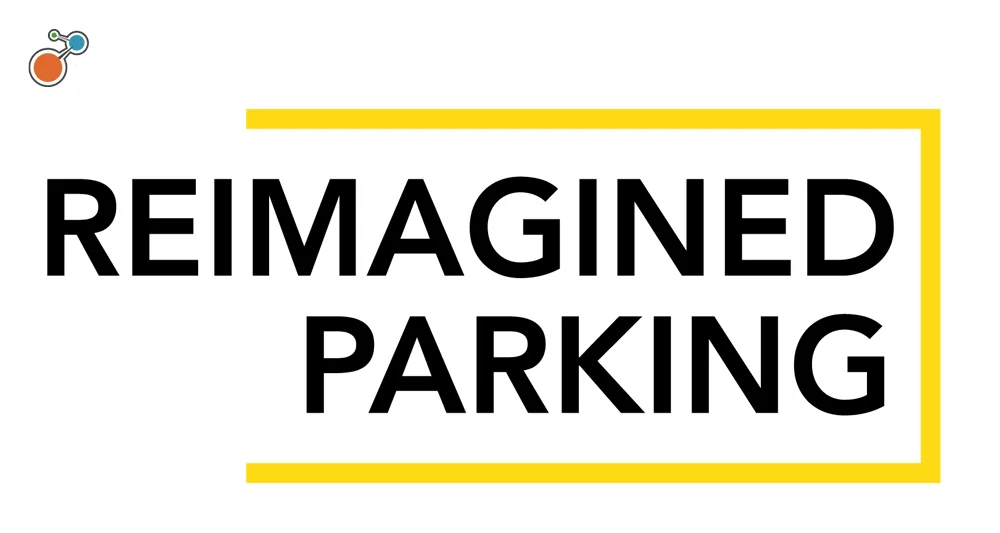Risk management programs are not made of set-it-and-forget-it processes that you can establish once. They can grow stale over time and fail to reinforce your organization’s agility and decision-making. Your practices need to be regularly reexamined and challenged. Use these six risk management best practices to strengthen your program, elevate its maturity, and ensure your organization is well-prepared to thrive amid uncertainty.
Mature Your Risk Management Program
Here’s where to search for holes in your risk processes and fortify your organization against fragility:
1. Speak the same risk language throughout your organization. It can be easy for busy and complex organizations to fail to align on a common language and methodology for understanding risk. This misalignment of perspectives can foster, for example, differing interpretations of severity levels, fragmented understanding of threats, and vague notions of who is accountable for response and mitigation. Establish a standard terminology and methodology to make it easier to compare risks across departments, understand the impact at an enterprise level, and collaborate on actions.
2. Establish clear policies and procedures. Ambiguous roles, responsibilities, and policies lead to operational inefficiency and increased vulnerability. Vagueness also increases the risk that no one will know how to act in times of crisis. Everyone in your organization should clearly understand their risk management-related responsibilities. Assign individuals with expertise to be owners of different risk areas. Distribute responsibility and build a risk-aware culture by empowering employees at all levels to engage in risk management.
10 Pitfalls That Can Sink Your Risk Management Strategy
- Lack of standardization.
- Unclear or absent policies.
- Ignoring expertise.
- Absence of leadership engagement.
- Silos and poor collaboration.
- Underusing technology.
- Lack of reporting mechanisms.
- Inconsistent decision-making.
- Failure to adapt.
- Poor communication culture.
3. Have a risk champion. Fostering a culture of risk awareness and proactive risk management becomes nearly impossible without full-blown executive buy-in. Appoint top executives to champion specific risk areas and provide guidance. Their leadership not only facilitates effective risk mitigation, but it also fosters a sense of shared responsibility among teams.
4. Promote active communication and collaboration. Effective risk management requires cross-functional communication and collaboration. Encourage data sharing, use dashboard visualizations, and employ graphic reports to facilitate communication. Meaningful cross-functional collaboration allows you to identify emerging risks and evaluate existing mitigations, promoting adaptability.
5. Use technology specifically designed to manage risks. Eventually, all risk programs outgrow simple documents and spreadsheets as a means of managing and monitoring increasing complexities. Safeguard your ability to assess and report accurately on risks by using dedicated tools – like a RMIS – to track the effectiveness of risk treatments and monitor your progress relative to key performance indicators (KPIs).
6. Establish clear feedback loops for reporting and escalation. Create a well-defined process for employees at all levels to escalate potential risks or issues to the appropriate decision-makers. Timely reporting and escalation are crucial for addressing threats before they spiral into significant problems. A well-structured feedback system ensures that potential risks are promptly identified and addressed at every level of your organization.
Turning Risk Management Best Practices into Strategic Decision Support
Regularly reexamine your program using these risk management best practices to enable better decision-making at all levels of the organization. Best practices will empower your team to respond
promptly and effectively to mitigate potential risks. They will also help you allocate resources more effectively, leading to cost savings and improved overall efficiency. Adopting risk management best practices fosters agility and adaptability, giving your organization the resilience to successfully navigate an unpredictable world.
For more on elevating your risk management program, download our ebook, The Buyer’s Guide to RMIS, and check out Riskonnect’s RMIS software solution.




